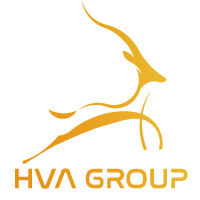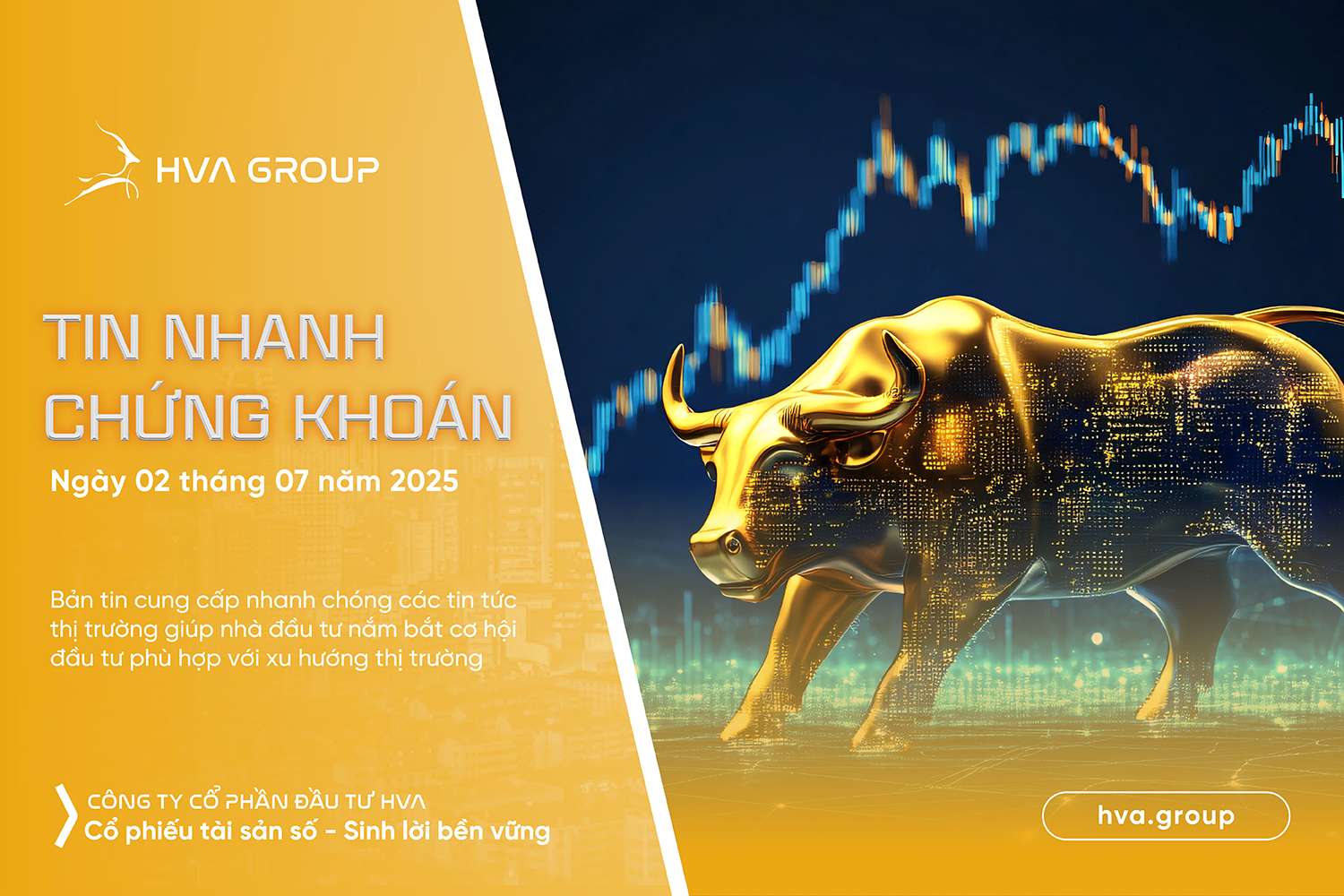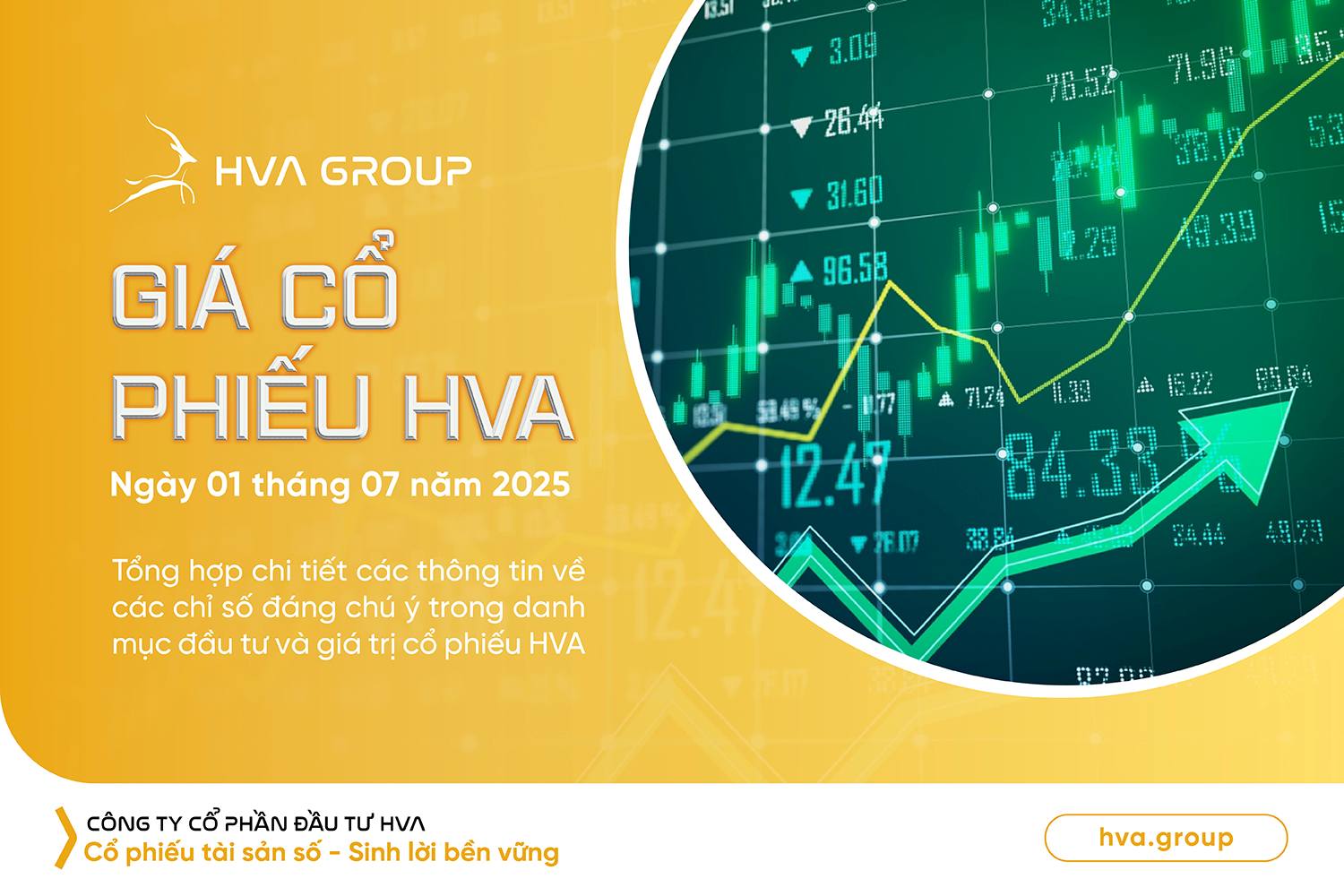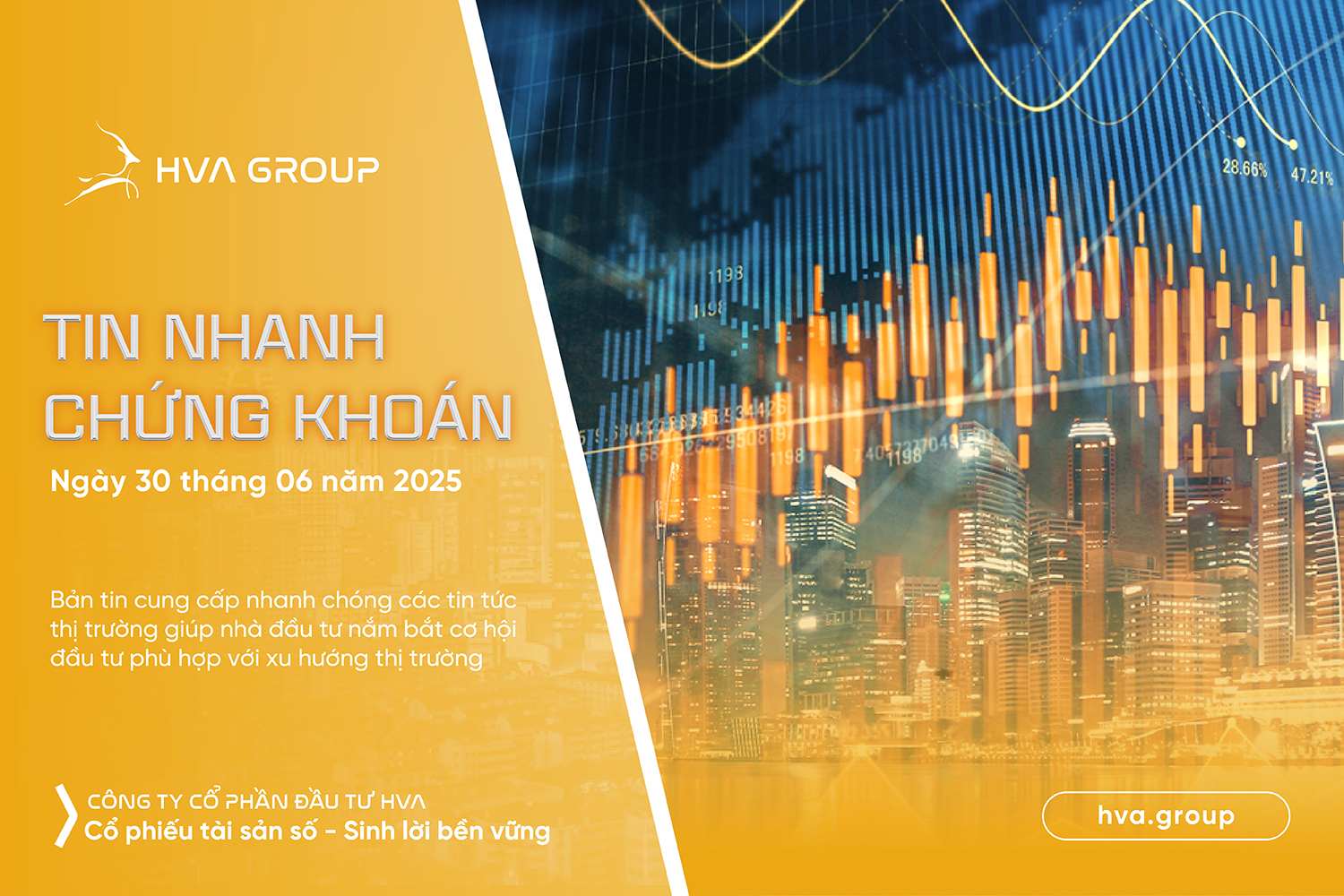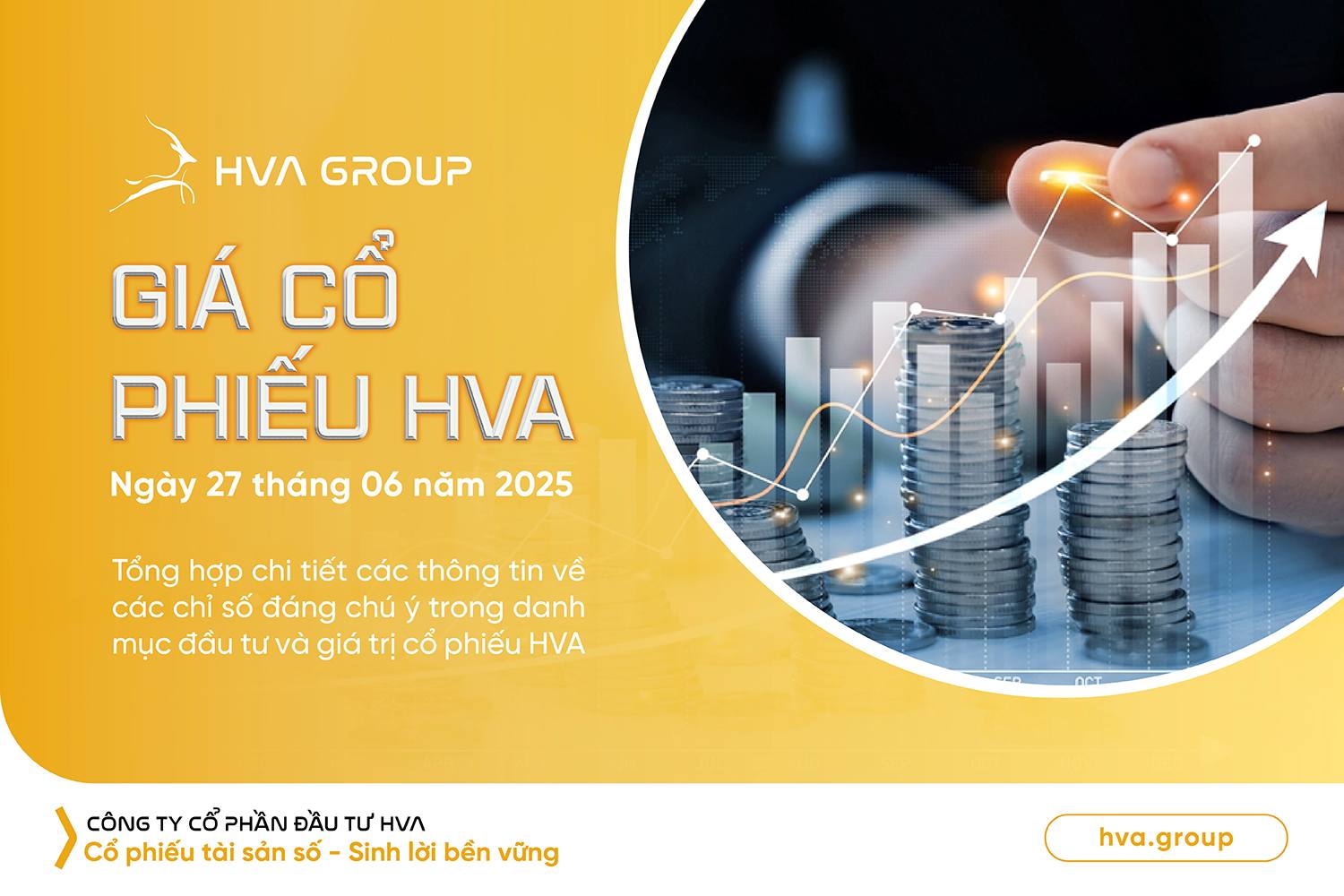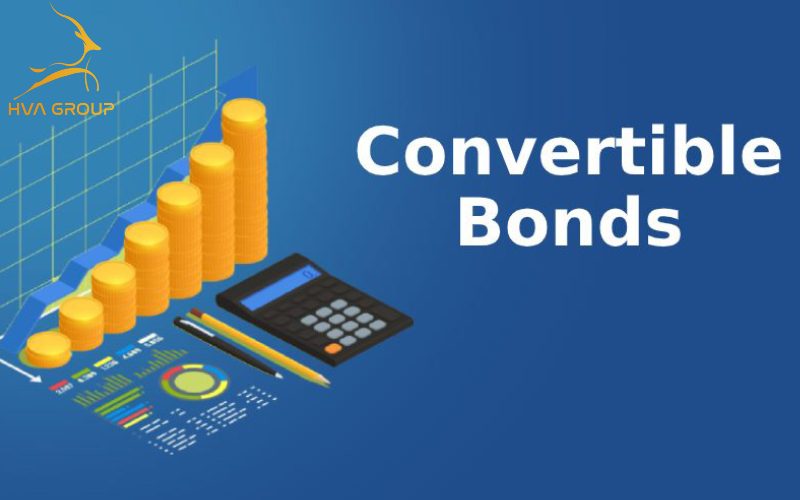
Convertible bonds Convertible bonds are a flexible financial instrument that attracts investors with its flexibility and potential for appreciation. To successfully invest in convertible bonds, it is important to understand how they work and the benefits they offer. Convertible bond investment strategies require careful consideration of risks and potential returns. By understanding what you need to know about convertible bonds, investors can maximize opportunities and minimize risks in their investment journey.
1. What is a convertible bond?
Convertible bonds Convertible bonds are debt securities that can be converted into equity at the discretion of the bondholder. While they typically have a lower yield than ordinary shares, they are higher than those of standard corporate bonds. The issuing company is not forced to convert, but rather facilitates the acceptance of conversion to make it an attractive option for bondholders. This provides flexibility for both the company and the investor when executing a convertible bond transaction.
Examples of convertible bonds:
An investor purchases a convertible bond from Company A with a face value of VND1 million and an interest rate of VND5%. The conversion ratio is 25:1, so the effective conversion price is VND40,000/share. The investor holds the bond for 3 years and receives an annual interest rate of VND50,000.
If the stock price increases to VND60,000/share, the investor can convert the bond and receive 25 shares, with a total value of VND150 million. Conversely, if the stock price decreases to VND30,000/share, the investor will still receive annual interest and receive the bond's par value of VND1 million after bond due in 5 years.
The value of a convertible bond depends on many factors, primarily the present value of the expected cash flows from both interest and principal payments over the remaining term of the bond, discounted at a specific market interest rate. This interest rate is determined based on general market interest rates and the credit risk margin of the bond issuer, as well as the collateral (if any). When market interest rates or credit risk margin increase, the discount rate increases and the value of the bond decreases, and vice versa. Therefore, the value of convertible bonds in the secondary market often fluctuates according to these factors along with supply and demand.

2. Characteristics of convertible bonds
For investors (bondholders):
| Advantage | Disadvantages |
| – Guaranteed fixed interest rate: Investors are guaranteed to receive a fixed interest rate on convertible bonds without having to bear the risk of fluctuations in the stock market.– Option: Investors have the option to convert to stocks when the stock price increases, thereby taking advantage of the profit from the increase in stock price. Conversely, if the stock price decreases, investors can keep the bond and continue to receive interest.– Stability in market price: The market price of convertible bonds tends to be more stable than stock prices during periods of market decline, helping to minimize risks for investors. | – Lower yield: Before conversion or if there is no conversion opportunity, investors only enjoy a lower yield than regular bonds.– Payment risk: There is a risk of loss if the bond issuer cannot repay the debt on time or does not pay interest and principal in full.– Conversion period: The conversion period is often long, possibly extending until the bond matures, which can potentially contain risk factors and reduce investment flexibility. |
For issuing businesses:
| Advantage | Disadvantages |
| – The interest rate of convertible bonds is lower than that of regular bonds, allowing the company to raise capital at a low cost.– The company can eliminate the fixed interest payment cost when converting, thus reducing debt.– Creates an additional channel for raising capital in the market when issuing regular stocks and bonds is not favorable. | – When investors choose to convert to shares, it will increase the number of company shareholders, leading to changes in control and management.– Equity is diluted when the number of shares outstanding on the market increases when the conversion right is exercised.– Bond interest is included in expenses, which are then deducted from the company's taxable income, affecting the company's after-tax profit. |
Each securities product has its own advantages and disadvantages. Before deciding to buy bonds, investors should learn and research about the issuing company: Business situation, financial reports, interest payment reports for previous bond issuances to ensure the safety of their investment results.

3. Calculate the value of convertible bonds
Many people wonder whether the price of convertible bonds will be calculated according to the normal bond price calculation method, or calculated according to the price of the stock after conversion.
Below is the most accurate pricing formula:
Convertible bond price = Bond value + Conversion right value
The value of a convertible bond is calculated as the sum of the principal cash flows plus the interest rate applied to the original principal. It is simply the amount of money the investor pays to purchase the convertible bond plus the interest rate based on the stated interest rate.
The value of a conversion right, or the price of a call option, depends on the current stock price of the issuing company. Market traders compare the difference between the conversion right value and the stock price to determine the true value of the call option.
If the spread is negative, it implies that the call option is worthless and conversion is unnecessary. Conversely, if the spread is positive, it implies that the investor should invest in the convertible bond so that it can be converted into stock.

The value of a convertible bond depends not only on the company's current stock price but is also affected by many other factors, including:
- Time to exercise rights: Over the long term, there is more time for the stock price to rise, increasing the likelihood that the conversion rights will be worth more.
- Stock price movements: The high volatility of the stock price can increase or decrease the value of the conversion rights. This is because volatility can create great opportunities or great risks for investors.
- Market interest rate: A decrease in market interest rates can increase the value of the conversion right. When interest rates decrease, the intrinsic value of the conversion right also increases in proportion to the value of the conversion right.
Source: Onstocks
